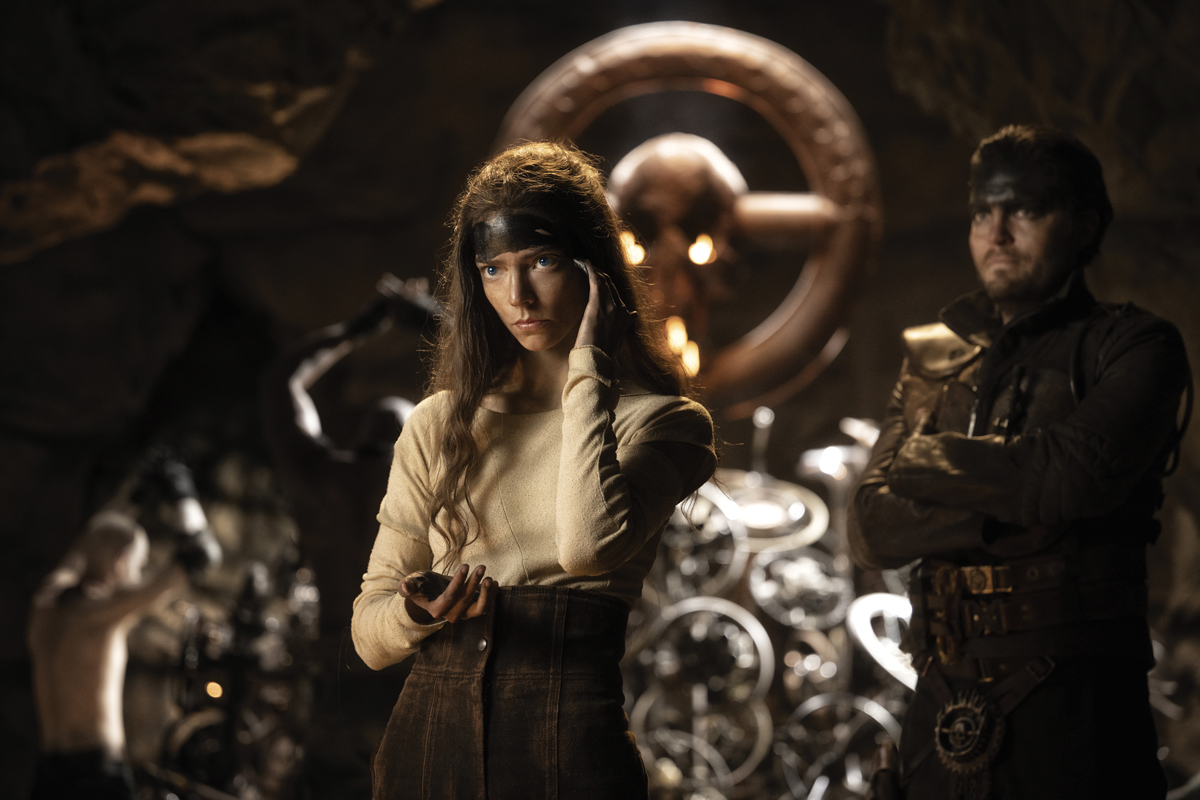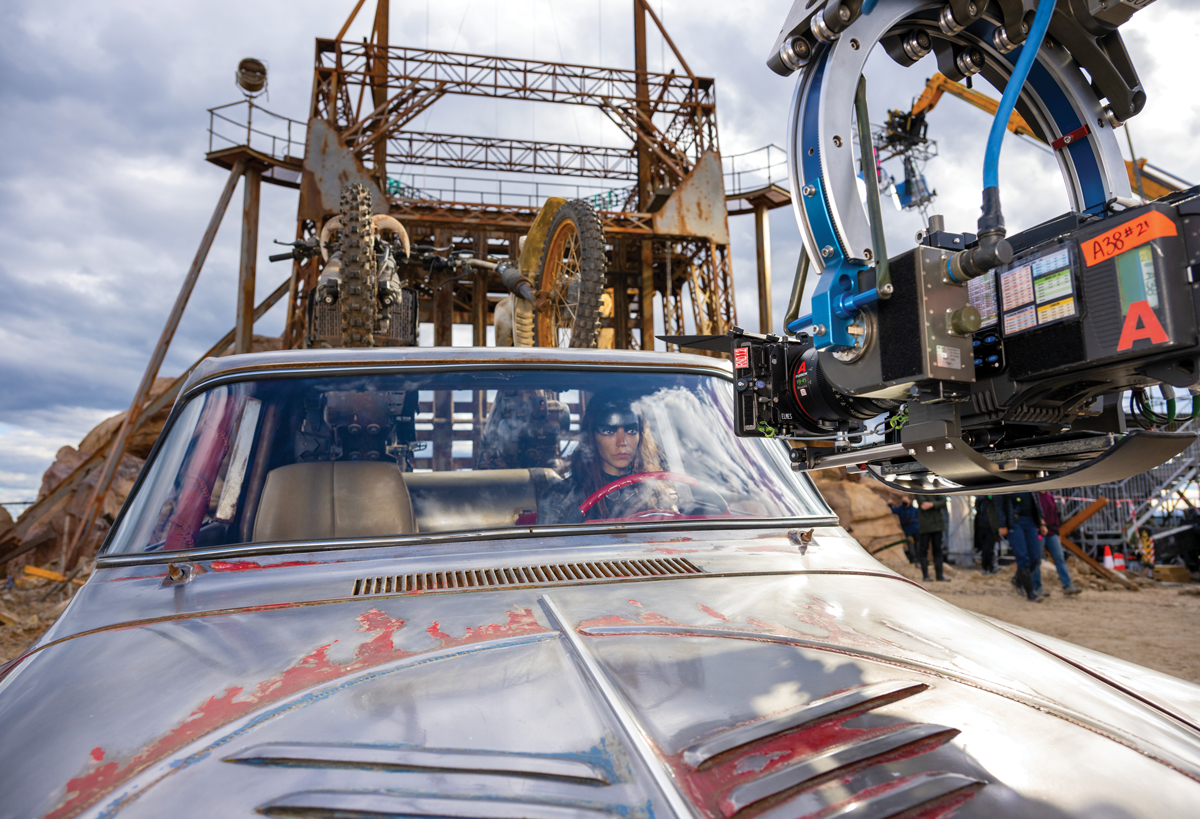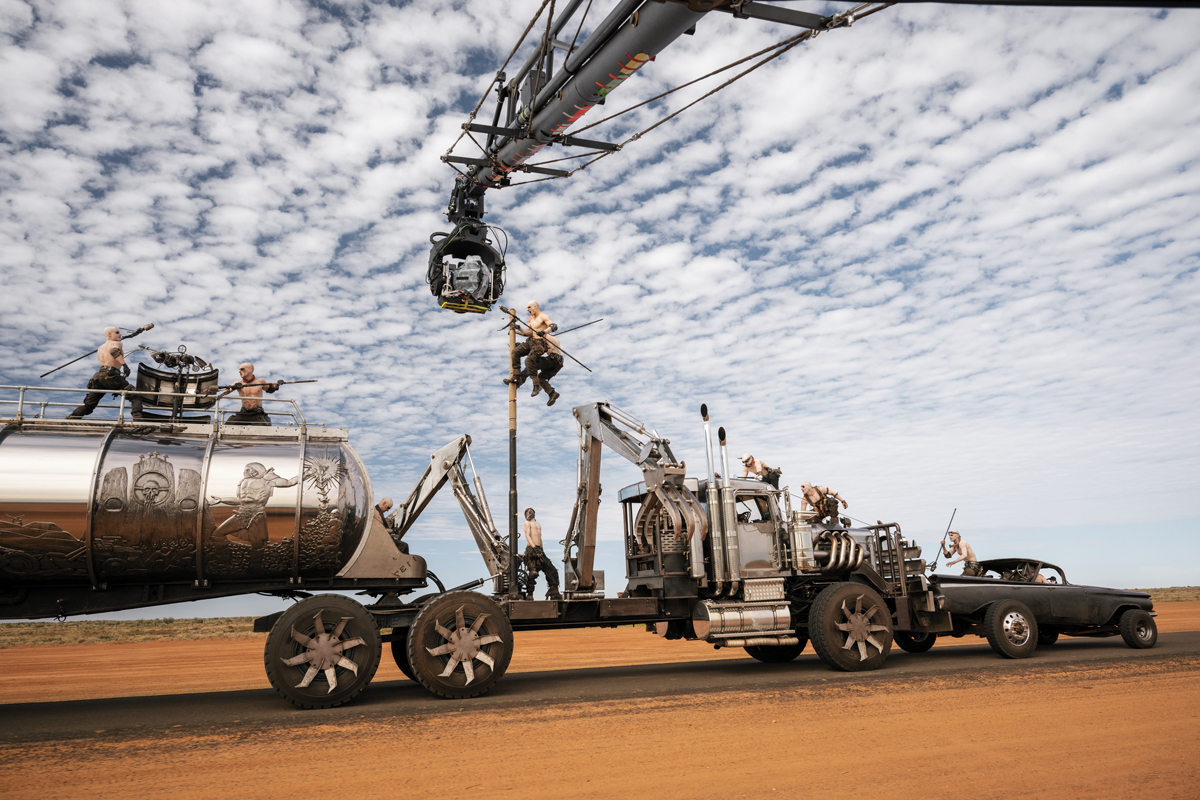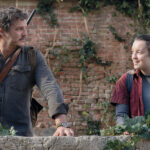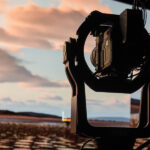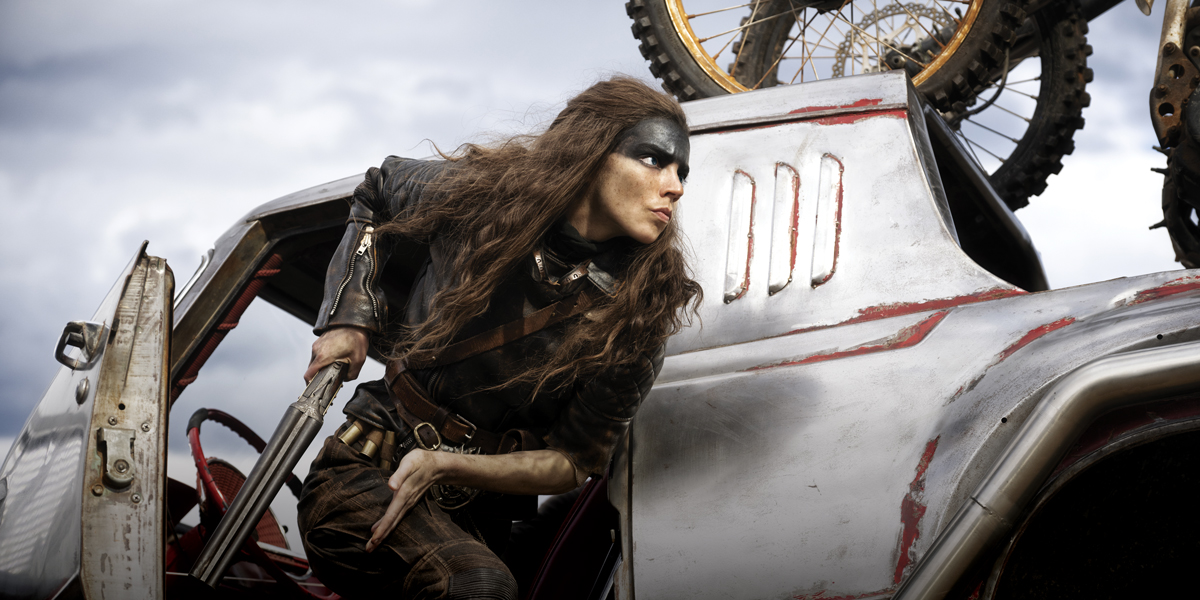
Furiosa
Posted on Jun 25, 2024 by Samara Husbands
Queen of the Wasteland
DOP Simon Duggan, ASC, ACS talks us through elevating the high-octane thrills for Furiosa: A Mad Max Saga
Words Trevor Hogg Images © Warner Bros
When Australian filmmaker George Miller first introduced the world to ‘Mad’ Max Rockatansky, a police officer turned vigilante living in a dystopian near future, little did he know he’d end up speeding down that apocalyptic highway five more times over the next 45 years. In the most recent outing for the franchise, Furiosa: A Mad Max Saga, we travel back 15 years before the events of Fury Road, with Alyla Browne and Anya Taylor-Joy taking over from Charlize Theron to explain how Imperator Furiosa came to be in the wasteland. Treading the visual path laid out by David Eggby, ACS, Dean Semler, AM, ACS, ASC and John Seale AM, ACS, ASC, the film’s DOP Simon Duggan, ASC, ACS sought to honour the franchise and expand the worldbuilding.
“I knew this needed to be the same world visually, yet in Furiosa we find a much more complex world and society of inhabitants, with the satellite towns of the Citadel fortress,” begins Duggan, who collaborated with the OG Mad Max, Mel Gibson, on Hacksaw Ridge (2016). “We establish Bullet Farm, an ammunitions supplier, and Gas Town, an oil refinery – towns built on the necessities of survival with a barter system in place. We also catch a glimpse of the Green Place, from which Furiosa is abducted, and see a lot more of the desolate landscape when the story of Dementus (Chris Hemsworth) and his marauders is introduced.”
Key scenes and stunt sequences were previsualised using Unreal Engine. “George could create a real world with inputs of cameras, sun position, moving vehicles and human movement,” explains Duggan. “Through the filming process, George wanted the cameras to be close and share the action with the actors and vehicles. Tracking vehicles circled close around the War Rigs and there were more dynamic camera moves in close and around the actors using Steadicams and wider lenses.”
Pre-production lasted 12 weeks, while principal photography consisted of 109 shoot days in 2022, commencing in May at Broken Hill, Australia and ending in November. Essential in getting the necessary coverage was the second unit directed by Guy Norris and lensed by Peter McCaffrey. Other key crew members were camera operators Mark Goellnicht, Simon Harding and Jay Torta; first ACs David Elmes, Brett Matthews and Iñaki de Ubago; key grip Adam Kuiper; and gaffer Shaun Conway.
“Broken Hill was to be the original location for Fury Road, but weather changed that decision with the film eventually moving to Africa,” shares Duggan. “On the first day of filming, we had unpredictable rain and winds up to 80km. At that moment, George and I agreed to embrace the weather as another element of the story!”
Other locations included a stretch of highway for the ‘stowaway to nowhere’ sequence in Hay, New South Wales, sand dunes close to Sydney for further action sequences, and a forest near Sydney as the Green Place Furiosa is taken from.
The primary cameras and lenses used were the ARRI ALEXA 65 and ARRI Prime DNAs, with the manufacturer even producing two new full-coverage 25mm primes, Furiosa and Mad Max, for use on the shoot. For lighter, more compact set-ups needed for Steadicam and rig shots under trucks, they used ALEXA LFs, RED V-RAPTORs and RED KOMODOs. Other lenses included FUJINON Premista zooms, Angénieux zooms, and Canon and Zeiss compact primes, with the DNA Primes in the 40mm to 85mm range being the preference for filming the actors. Between the main and second units, about 32 cameras were employed.
Exteriors were lit with an array of six 18K PARs and fill light was achieved with LED Vortex units being diffused or bounced. “Apart from a few larger soundstage set-ups, stage work was mostly in a warehouse,” continues Duggan. “We had little room for long-throw fresnels, so we used linear arrays of LED Vortex units much closer to the sets to achieve the result of a fresnel lamp at a much larger distance, often softening with a light sail cloth to achieve a soft single shadow. Other LED units included 8x8ft softboxes all the way down to softened Astera tubes in covered wagons and small LED Eyelight panels. The Citadel had an irrigation system of water flowing through and we used that to get water ripple effects wherever we could.
“My DIT Sam Winzar set some looks which varied depending on these exterior or interior locations, we even had a great day-for-night LUT,” states Duggan. “Our final colourist Eric Whipp got involved early on and worked closely with the visual effects team creating final looks for the orange sandstorm sequences and the silver blue cast for day-for-night scenes; he also fixed problems caused by the bad weather by adding blue to the skies, reflections in the chrome War Rig Tank and maintaining the rich colour of the red earth landscapes.”
One complex shot occurs after the monster truck driven by Dementus runs down Furiosa’s vehicle. “The camera was attached to the ARRI TRINITY stabilisation system and operated by Mark Goellnicht; it follows the marauders pulling Furiosa and Praetorian Jack (Tom Burke) out of their vehicle, then joining Dementus for the whole scene as a single take executing a couple of 360° movements throughout the action. This took a few hours to rehearse and choreograph the scene with the actors, camera, grip and lighting. The intention was to keep the storytelling aspect continuously unravelling without the need to edit.”
The most spectacular pure action scene in the film, the aforementioned ‘stowaway to nowhere’, took 78 days to shoot, featured more than 100 stunt performers and has a runtime of 15 minutes. Naturally, it demanded some serious planning. George Miller and stunt coordinator Guy Norris previsualised the scene using Unreal Engine, with Allan Hardy animating realistic sequences. In this virtual environment, they imported precise measurements of lens angles, camera heights, locations, sun angles, vehicles, speeds and human dimensions to accurately plan the sequence.
“We then knew how we were going to physically shoot with the equipment we planned to use. Most of the sequence was on a 4km road in outback town Hay with the War Rig, stunt cars and stunt performers tracking back and forth along that single piece of highway,” describes Duggan. “Peter McCaffrey and I broke down the sequence with sun angles and continuity in mind. Main unit and second unit were often separated so George used an outdoor broadcast van with a satellite connection to approve takes as action sequences were filmed.”
Furiosa: A Mad Max Saga was an extraordinary production to be part of, concludes Duggan. “It had a great mix of visuals, from the stark look of the barren landscapes, the massive Citadel interiors to the intimate scenes involving Furiosa. We had a great crew who have worked together for many years as a team.”
This feature was first published in the July 2024 issue of Definition.


